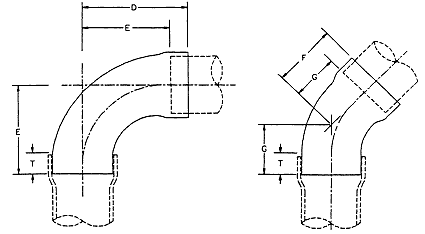OK, its started...the beginning of the end.
My web existance is about to breathe its last breath. The death rattle has been wheezing for years and its about to be put out of its misery. I have a week to go and I have nothing to do but wait for my exit. Ive been recently using my idle hands to study for my
BTSC Health and Safety exam which I attended yesterday.
I rather foolishly booked my exam before I had any of the study material so have spent most if this week with only 1 book. Ive therefore been reading and re-reading the rather dry, scant chapter on Health and Safety. Fortunately my second book arrived 3 days late from Blackwells on the morning of the exam. I had a quick flick and set off for my test.
I arrived for the exam early yesterday due to the high winds and poor weather conditions. I did not want to miss this test through detours, being struck by falling objects or being whisked off to Kansas without my ruby slippers.
My exam was at 2:30pm and I spend my final 20 minutes cramming. Yesterday, there were only 2 of us taking the test, me and another newbie, who's name I think was Enrique. I think the rest of the other students in the room were all taking other exams as the two if us were furnished with the exam etiquete (no phones, not bags, no talking etc)
The Health and Safety Exam.Individuals are allocated one of a number of PC's to sit their exam on and the module which is being tested is loaded onto that allocated PC. It's therefore possible that everyone being tested in the room could be sitting a different exam.
The test consisted of 50 questions which were to be answered in 50 minutes. It was of multiple choice format and you had to choose 1 of 4 possible answers.
The test itself wasnt too difficult as I managed to complete it in about 15 minutes. I think its mainly a formality which just proves that candidates have read the H&S chapters of the study material. I think there are about 60 odd pages of text and diagrams in total so its not rocket science. The course suggests about 10 hours of study time to cover this, which is about right if you read though it a couple of times ... assuming you have all the study material that is!
Once candidates have finshed their exam they can leave and they then have to wait for their results to be posted to them. I was told that I could also telephone the admin department for my results on Saturday morning, and if I was successful, I could book my first module.
I think the passmark is about 80% and since I reckon there were about 5 questions that were either ambiguous or i just didnt know the answer, that would put me on about 90% so I'd be very dissappointed if I failed.
The Failure Procedure.If candidates fail by a margin of 10%, they can return and retake the test (for a resit fee). Candidates only have to answer the questions that they got wrong which intially sounds great, but sounds like a bit of a double edged sword to me.
Whilst they only have to answer the questions they got wrong, I'm not sure if they are notified which questions they were. So whilst candidates can't get a result worse that the original test, they'd still have to revise the whole subject as they wouldnt know which Q's they'd failed, unless they mentally noted the questions they werent sure about.
The questions werent too difficult and some of them, whilst they didnt help you answer other questions, were repetitve in their construction. For example.
Q. The following fire extinguishers are coloured RED, BLACK, CREAM and BLUE. Indicate the correct sequence of fire extinguishers.
a) Water, Powder, Foam, CO2
b) Powder, Foam, Water CO2
c) Water, CO2, Foam, Powderd) Powder, Foam, Co2, Water
With a subsequent question of
Q. A fire extinguisher with a blue label contains which substance?
a)Powderb)Foam
c) Co2
d) Water
So you do have to know the content, but the exam isnt designed to fail students, I think its really used to reinforce what youve already learnt.
I'll let you know how i got on in my next episode so stay tuned.


